A Human Resource Management System (HRMS) or Human Resource Information System (HRIS) is a type of HR software that fuses a number of systems and processes under one database to ensure smooth management of employees and their data. The information system is methodically designed to automate the organization’s cumbersome database in order to streamline it. HRMS is a software resource that furnishes all the employee related data to be accessed through various interfaces (employee and employers) at will.
The Dawn of Human Resources Management Software
The advent of automated payroll and workforce management processes started during the 1970s. The first ERP system which integrated HR functions was SAP R/2 introduced in 1979. This system facilitated the users with a possibility to integrate corporate data on a real time basis and organize processes from a single mainframe environment.
PeopleSoft, released by Oracle in 1987, was the first completely HR-centered system. PeopleSoft replaced the earlier systems and is still active today. In the late 1990s, cloud-hosted HR solutions came into the picture. This made the technology more accessible to small and remote teams.
As of now, the HR software has embedded numerous technological functionalities thereby motivating the employees to perform better.
Do We Really Need HRMS?
With increasing population, employment is not just limited to employing staff or handing over the pink slip, it is an altogether separate domain. It includes managing distinct information on numerous platforms like payroll, leave-application, performance tracking etc. This is the reason why B-schools have introduced HR in their course structure.
The role of HR manager is one which is similar to the thread in the string of pearls. HR is the only department that has to coordinate with the CEO as well as with the lowest ranked staff day in and day out. Let’s have a brief look at some of the specialized roles of HR manager along with the need to automate it.
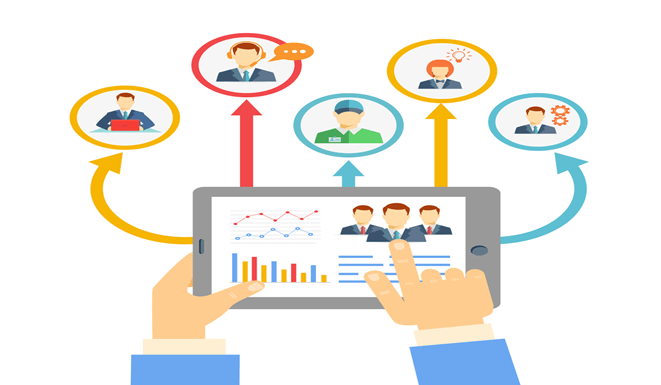
Employee Details:
Every employee has to furnish numerous details (personal, bank, academic, professional, asset allocation etc.) at the time of joining. These details are usually cataloged manually, resulting in no synchronisation. The real problem arises when these details are required to be accessed by various departments as it leads to utter confusion and wastage of quality time. It was in this context that single database with multiple interface became the need of the hour.
HRMS along with all its features can conform to all the demands accordingly.
Electronic Leave Management:
Manual leave tracking and management can be a daunting task because of the complexities involved in tallying different leave applications in line with the remaining leaves as well as leaves availed. MS Excel has long served the HR domain in tracking the employee leave records. However, it was not possible to link it with the leave applications sent through e-mails.
Therefore, in this age and day, the automated system is the only solution to overcome this disorientation. HRMS provides you with just that. It can track leave applications on two interfaces (employer and employee) with a common database.
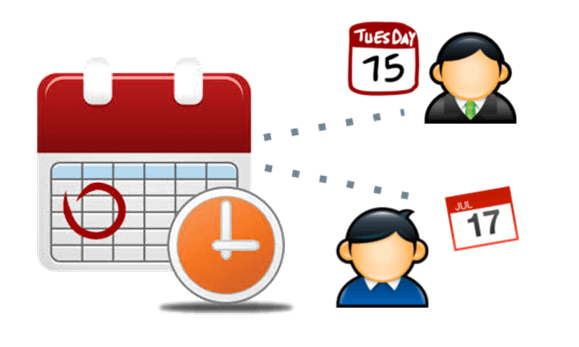
Effortless Payroll Preparation:
Manually preparing the payroll of employees for multiple pay periods (weekly, monthly etc.) can be an intimidating task for the HR. An automated system would create a template in accordance with the different salary slabs and designations. This template would facilitate in centralising the payroll under one database.
HRMS is well suited for this kind of bulky database management.
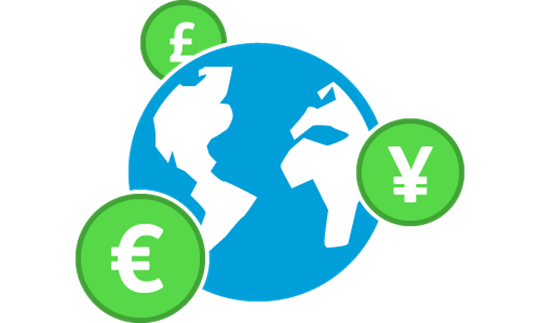
Recruitment and Applicant Tracking:
 A meticulous recruitment process forms the basis for the continuous inflow of talent in any enterprise. Often the process is commenced with full vigour but it leads astray during the applicant tracking. Manually tracking each and every individual through e-mails can be a tedious exercise. An automated system in place would ensure that the tracking and mailing can be linked to accelerating the process with just a click.
A meticulous recruitment process forms the basis for the continuous inflow of talent in any enterprise. Often the process is commenced with full vigour but it leads astray during the applicant tracking. Manually tracking each and every individual through e-mails can be a tedious exercise. An automated system in place would ensure that the tracking and mailing can be linked to accelerating the process with just a click.
HRMS can be a useful tool while dealing with specific requirements of the trade like
- Post job details
- Share job postings to social networks
- View who applied for jobs
- Schedule interviews with candidates
- Maintain a log of notes for each candidate
Staff Training:
One of the best methods used in industries to update their employees is by providing regular training sessions. The training schedules as well as the course/subject of the training forms an essential part of the HR manager’s job profile. Managing all these can be a demanding task. This is why the need for an automated system arises to standardise all the details with respect to specific timelines.
HRMS is appropriate for such kind of arduous work.

Expenses Management:

Managing expenses is a part and parcel of HR managers’ key responsibility areas. It can either be employees claiming reimbursement for business purchases and conveyance against business travel. Manually tracking various expenses of the concerned employee and coordinating the same with the accounts department can be a tiresome task. An automated system can harmonise the smooth coordination with the accounts department as well as the HR in all 3 aspects (apply for the expense, expense history, and expense approval).
HRMS can offer a thoroughly integrated expense management system that can be prudent as well as advantageous.
Get Customised HRMS Solutions with DigiVersal
Different industries have a distinct pattern of HR management that makes it very difficult to develop a one-size-fit-for-all solution. Therefore, we at DigiVersal can come up with numerous HRMS portals to fit into your company’s exclusive structure.
Recruitment Process: Let’s take the example of a production company, which has a wide range of employees from different fields like welders, fitters, riggers, fabricators, crane-operators, gas cutters etc. All these fields require skills that are totally different from each other, which also increases the workload of an HR while segregating them skill-wise.
This is where DigiVersal’s customised HRMS portal can rescue you from such possible mix-up.
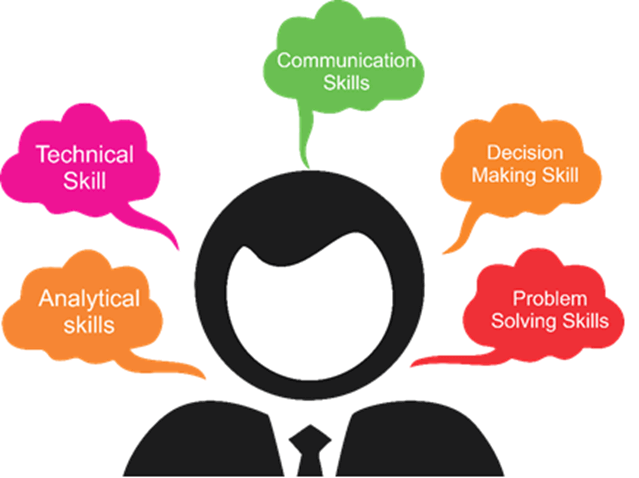
Employee Engagement: Employee engagement is a uniform requirement across different industries. However, the method used can be divergent depending on each industry. There are different types of surveys undertaken by HR in the respective industries.
Therefore, the customise HRMS solution that we provide, can ease you from all complications that is confined to any specific industry/department.
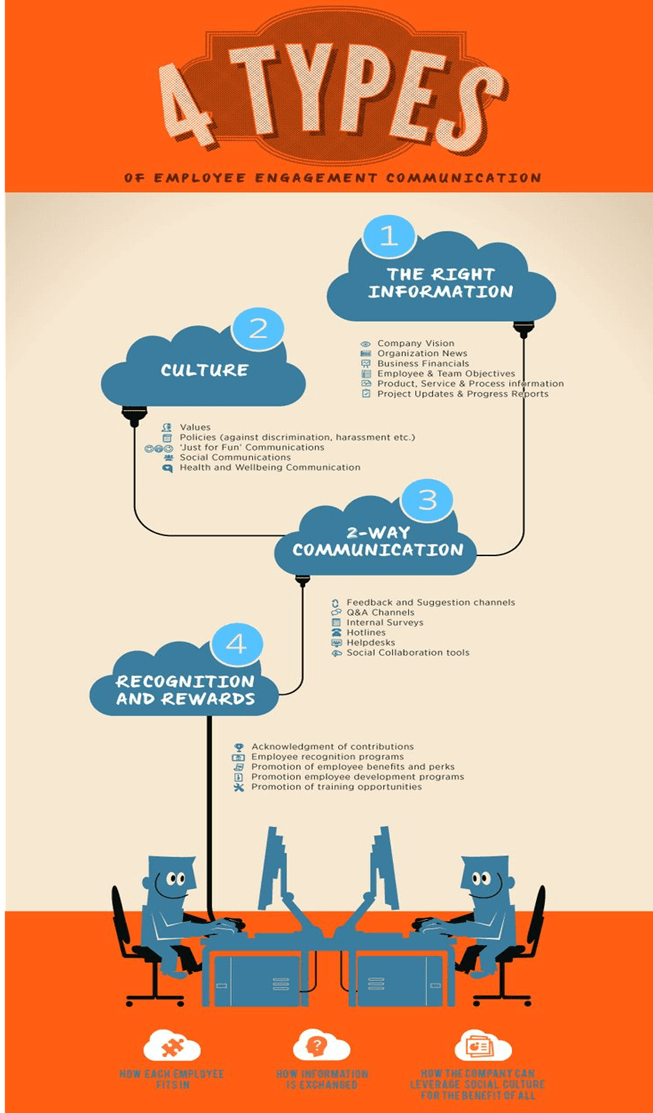
Performance management: HRMS is an analytical tool that can analyse the productivity and efficiency of an employee. This is essential because of two reasons:
- Expense Vs Output breakdown
- Incentive on some special cases.
The above requirements can vary from industry to industry. DigiVersal is well competent to provide each of them with HRMS portal equipped with tailor-made tools to measure all the requisite particulars.
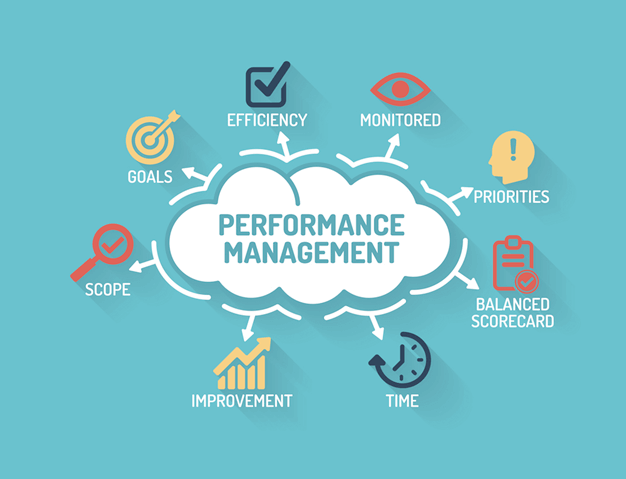
Reports and Alerts: The HR is required to send various reports to various department heads as well as employees on an everyday basis. Let’s take the example of an academic institution which has lots of technical and general courses. Its every department would have a separate format for a report like departmental elections, general elections, excursion trips etc.
Without a consolidated database, it would be next to impossible to manage them efficiently. The forward and backward linkage to such database has to be exclusive for every university, which our experts at DigiVersal have all the expertise to develop.

thank you very nice website article
very well written thanx for sharing the information
Nice information
Hi,
Nice Services! Good explanation about HRMS. Now a day for every organization there should an HRMS to store the activities of employees, recruitment processes, payrolls, etc it can handle multiple tasks. Thank you for the great explanation. Keep it up. All the best.
Thank you so much for sharing informative blog, I use HRM software with diyHR. DiyHR is driven by the vision of helping organizations to institutionalize their core values through their people practices.
Great Post, Thank you for sharing your information with us. Human Resources Management Software is the most important tool for HR & Employees services. In this case, we have a Gen Payroll Software that automates the task of HR Managers such as attendance upkeep, employee database support.